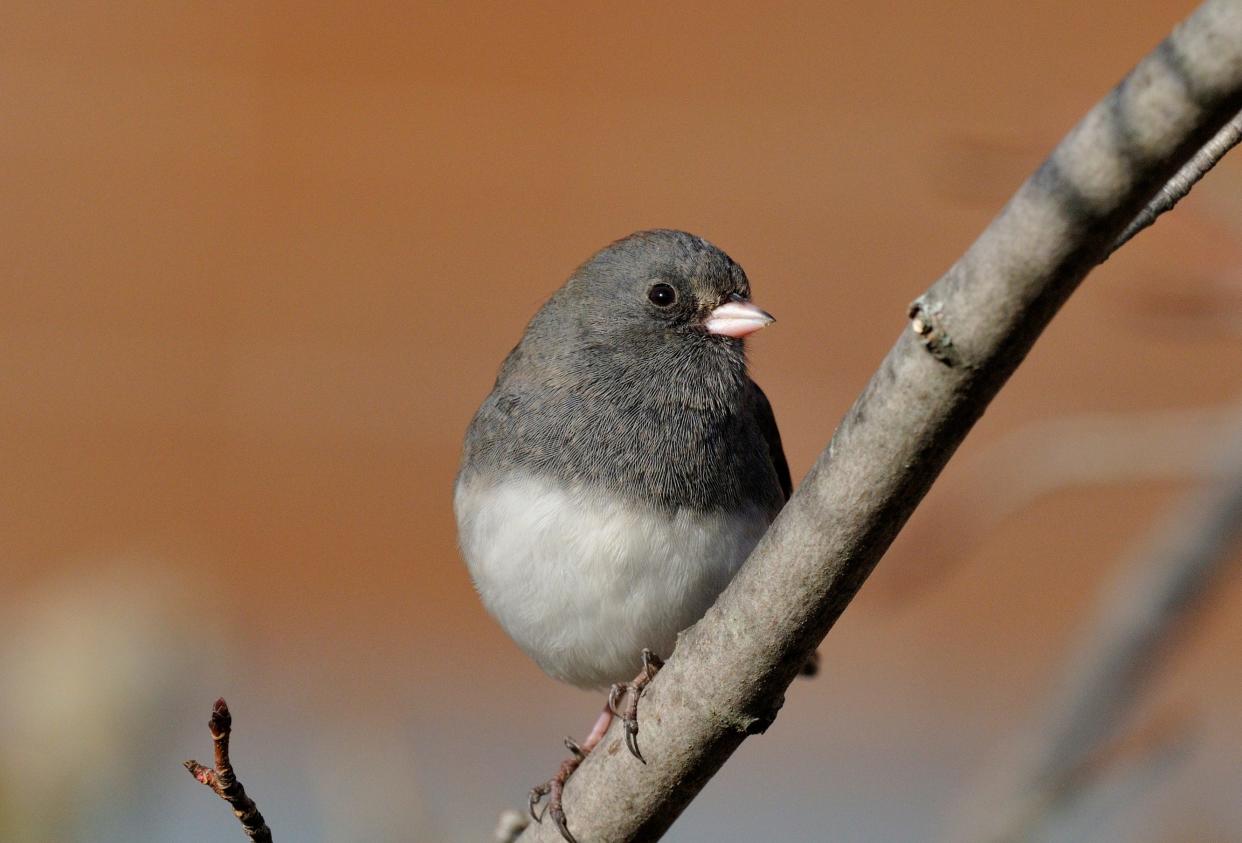This two-tone bird migrates to Oklahoma as fall starts to wane and the temperatures drop.

Oh, for the wonder of flight. Birds have the ability to pick and choose where they live. Some of our wild avian friends deem Oklahoma's summers to be too doggone hot; they opt to nest in parts of the country that are more apt to have less-brutal summertime temperatures.
Therein lies the rub, however. Those nesting grounds can be downright inhospitable when summer is at an end. Many of these birds take flight and head on down to central Oklahoma so they might bask in our more-temperate end-of-year climate.
The chances are very good you have seen these birds. To my way of thinking, they look like miniature penguins. Their distinctive black and white plumage is suggestive of what you might see on the poster child of the Antarctica bird world.
Yet other people affectionately call them "snow birds." That name is reflective of the fact that these birds are here when that frozen winter weather condition is in the offing.
The public library's bird identification books assign yet one more name to this bird in question: the junco. I will concede that that is the official common name of the bird, but I just feel it is more imaginative to refer to them as Oklahoma penguins. Convention be darned.
Neil Garrison was the longtime naturalist at a central Oklahoma nature center. His email is atlatlgarrison@hotmail.com.
This article originally appeared on Oklahoman: Affectionately called 'snow birds,' the junco migrates as temps cool

